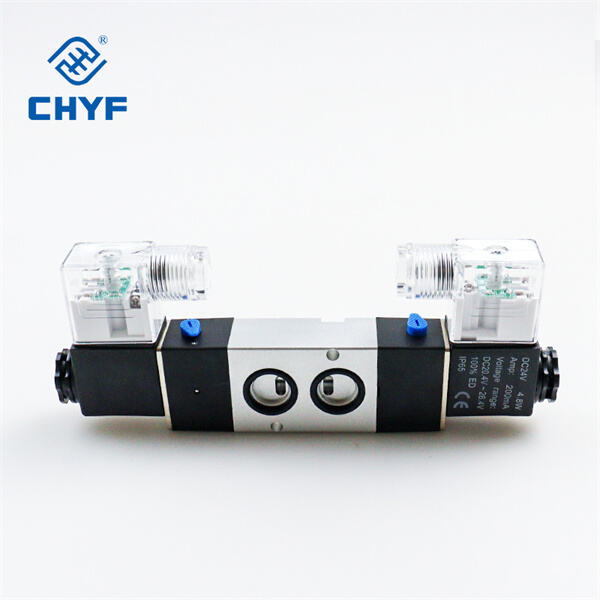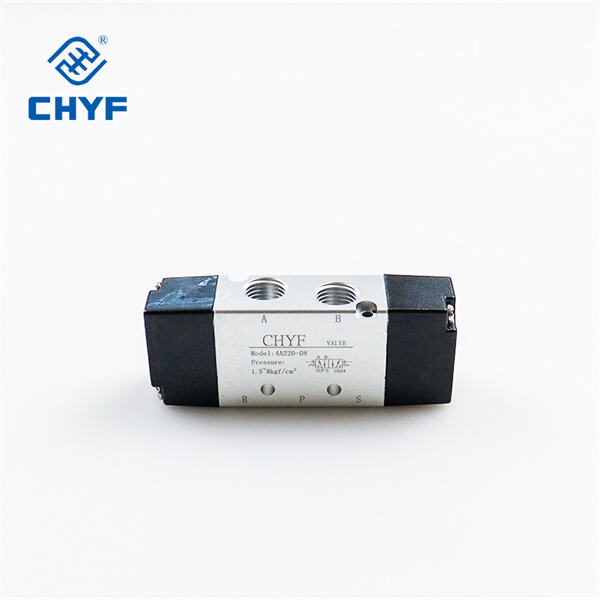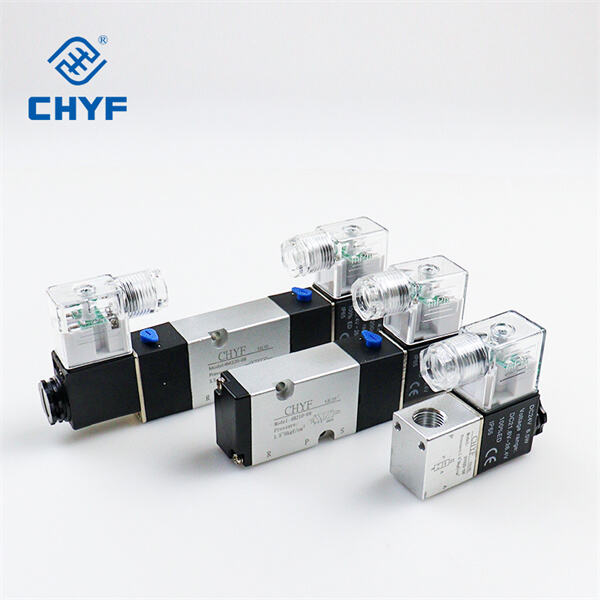Tel: +86-577 61727673
Email: [email protected]
Tel: +86-577 61727673
Email: [email protected]
Solenoid control valves are unique tools used in controlling liquid flows in various systems. Understanding how they work can help us use them more effectively to ensure everything will run smoothly.
A solenoid control valve is something of a magic gate for liquids. It opens and closes to allow just the right amount of liquid to flow. When the circulating water touches the valve, a small amount of electricity passes through the coil of the valve, which acts as a magnet. This, in turn, tugs on a metal rod and opens or closes the valve. Yet this way, it is in command of just how much liquid can flow through, as though turning a faucet on and off.
Is it that important to have the right (liquid) amount of liquid at the right (time)? This is where solenoid control valves come into play. They regulate the flow and pressure of liquids, ensuring everything works as it should. Things might not go as well — ok, they could go terribly.
Solenoid control valves act as something of a traffic cop for liquids. When open, they can allow liquid to flow. When they close, they prevent the flow. Opening and closing at the right times, they aid in maintaining the pressure just right as well. It's really about trying to make sure that everything remains in balance in the environment, so the machinery and systems in your body function well.

Not all solenoid operated valves are created equal. Some work best with particular types of liquids or in certain conditions. OPTIONS When selecting a solenoid control valve for your system, consider the liquid type, the pressure range, and how often you want the valve to open and close. Choosing the correct valve is working for your system.

Solenoid Control Valves Ensuring The Problem is with The Valve If you're not sure whether the problem you're experiencing is due to the solenoid valve or not, there are a couple of simple tests you can perform.

Occasionally, solenoid control valves can be tricky, as any of these things. If you see a valve leaking, sticking or just not operating as it should, there are several to check. Ensure the valve is clean and not clogged with something that could potentially be causing it to stick. Ensure the cables are tight. If you’re still having problems, you might want to call in a pro.